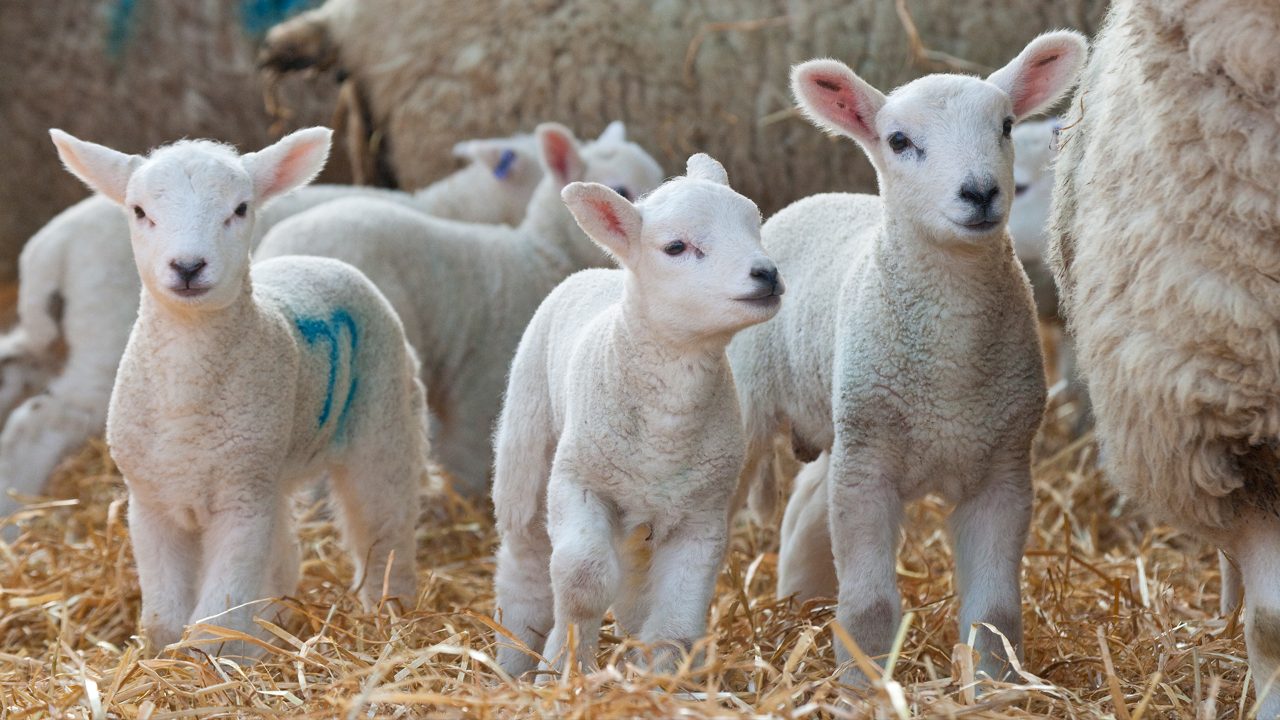In a challenging year for New Zealand sheep and beef farmers, the 2023 Lamb Crop Report, recently released by Beef + Lamb New Zealand (B+LNZ), brings a glimmer of optimism.
Despite financial pressures, farmers have successfully weathered obstacles, delivering a robust lambing season.
The report reveals a noteworthy increase in the expected lamb crop, up by 2.6% from last year to a total of 20.9 million head. This positive shift counters the downward trend of the past few years. Despite significant weather challenges earlier in the year, favourable autumn conditions contributed to prime breeding ewes, resulting in excellent pregnancy scanning results nationwide.
Spring brought about ideal conditions, leading to a substantial lambing percentage of 129.9%, a notable increase of 4.8 percentage points from the previous year. This surge compensated for a slight reduction in the number of ewes by 1%, ultimately yielding a strong lamb crop.
However, the buoyancy from these figures is tempered by the harsh financial reality faced by New Zealand's sheep and beef farmers. On-farm costs continue to rise, and sheep meat prices, in particular, remain persistently low due to oversupply from Australia and weak market conditions in key regions like China.
Sam McIvor, Chief Executive of B+LNZ, acknowledges the industry's challenges.
"We know many of our farmers are struggling, and although the lambing season results should be a reason to celebrate, profitability is a real challenge right now."
Despite the financial hurdles, McIvor emphasises the sector's resilience, citing past experiences where the industry emerged stronger after tough times. Farmers are adapting by scrutinising every aspect of expenditure to ensure value delivery.
The encouraging news is that the strong lamb crop provides a morale boost for farmers, especially as they approach a possible drier period in some regions. Many farmers plan to market lambs earlier than usual, aiming for pre-Christmas processing, driven partly by weather forecasts predicting a potential drought due to El Nino, although the actual conditions have been wetter than anticipated.
McIvor highlights the challenges of the last few years, emphasising the impact of spiralling costs, a challenging global market, and concerns about increased regulatory costs. B+L NZ continues to collaborate with industry partners, such as Federated Farmers, DairyNZ, and DINZ, to advocate for a more supportive environment for farmers in line with government promises.
The government's response has been encouraging, McIvor notes, but emphasises the need for precision in details. As the industry navigates uncertainties, the Lamb Crop Report serves as a valuable resource for insights and information, available on the B+L NZ website.
In the face of adversity, New Zealand farmers demonstrate resilience and adaptability, leveraging a successful lambing season to propel the industry forward despite ongoing challenges.











